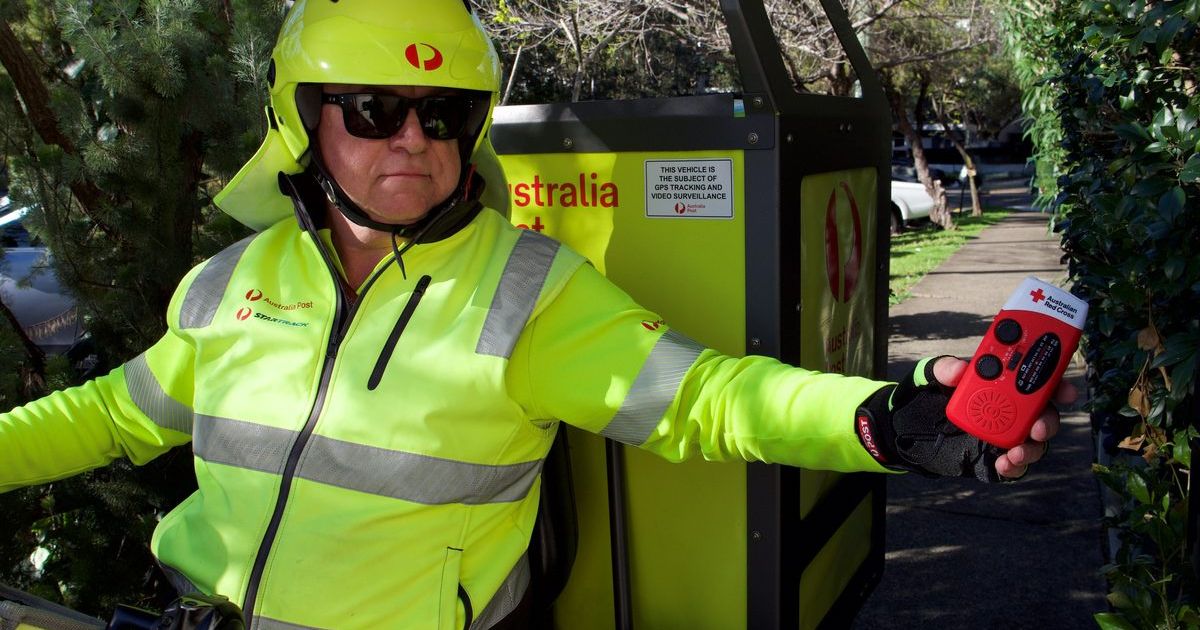Firefighting through the years

Historical: The Sutton Grange and Myrtle Creek Fire Brigade’s original tanker crew. Photos: SUPPLIED
ON 16 January 1922, thirty-two people joined together to form the first iteration of the Sutton Grange and Myrtle Creek CFA.
They paid five shillings each, grabbed their wet bags, broken branches and what little other equipment they had at their disposal, and did their best to bring bush fires under control.
Early technological advancements saw pumps on horse-drawn carts, hand-held leather fire beaters and a knapsack with a hand-held pump.
In 1944, fires ripped through country Victoria with two in the Mount Alexander Shire within two weeks.
The first was under control early, however the second caused more damage than ever seen in the region.
Starting at Big Hill on the Calder Highway, the blaze went through Sutton Grange, Redesdale and Metcalfe, burning 90 per cent of the Sutton Grange and Myrtle Creek area and devastating six homes, several outbuildings, hay stocks and much stock.
Six years later, the Sutton Grange Station received its first tanker.

Mac Barty joined the brigade in 1952 and took over as captain in 1956. His family has been involved for four generations and his grandson, Lachlan, is an active firefighter.
“Our family have been a part of this brigade for the full 100 years,” he said. “My father was one of the founding members.
“It’s been part of our household with my brother, son and two grandsons and we’ve seen the brigade progress from in my day – not the days of the hand beaters – but to the days of the knapsack to what you’ve got today.”
There are currently four fourth-generation firefighters at the brigade, Second Lieutenant Jason Davis, Fourth Lieutenant Alex Lewis, and firefighters Brad Broad and Lachlan Barty.
Another former member, Bill Byrne, joined the brigade nine years before Mr Barty, taking over the late Len Ellery, known as the brigade’s greatest captain, who served for 17 years.
“He died rather suddenly, and I was pitchforked into it,” he said. “I didn’t want the job but, like Noel and Mac, we probably fell into it. Mac took over from me.”
Mr Ellery served as captain for 17 years, running every fire and commanding strike teams.
“He did virtually everything and no one else had to do much at all because you knew he would do the whole lot,” Mr Barty said.
Both Mr Barty and Mr Byrne agree that advancements in technology have been crucial to fighting fires, and will continue to be in the future.
“We have to rely on technology,” Mr Byrne said.
“There is a group formed that are mostly scientists and technicians, who are working on a satellite that can spotlight heat through sensors, within minutes of a fire starting. That would be a wonderful thing for the country.”

A sign of firefighting technology was on display last Saturday, with air support helping bring a fire under control in Sedgwick.
“We have to rely on helicopters now, we’re fortunate here because we have helicopters, airborne 20 miles away,” Mr Byrne said.
“Inaccessible county like the mountains, where fires get going for days before they can get anyone in there, it’s a marvellous advantage for those people. They can fly in with helicopters, waterbomb them and stop these huge fires starting.”
“The advance in technology is wonderful, it’s supposed to take over the lack of manpower, and I’m sure it will.”
The Sutton Grange and Myrtle Creek CFA is comprised of two stations in the respective towns.
The station in Sutton Grange has seen four different tankers, with a Macedon tanker currently in use. At Myrtle Creek, the tanker has been in use since 2003 and is expected to be upgraded next year.
There are currently 60 members of the brigade, with 26 active firefighters.


















